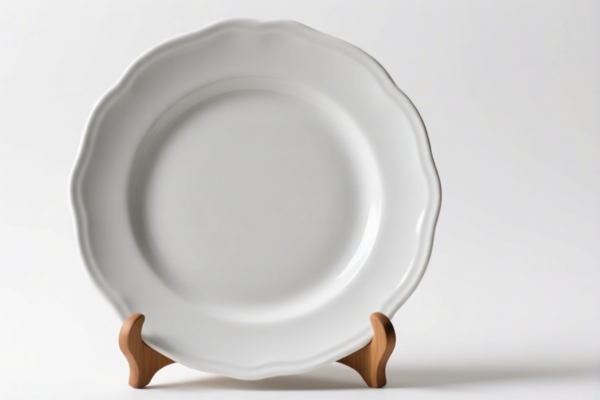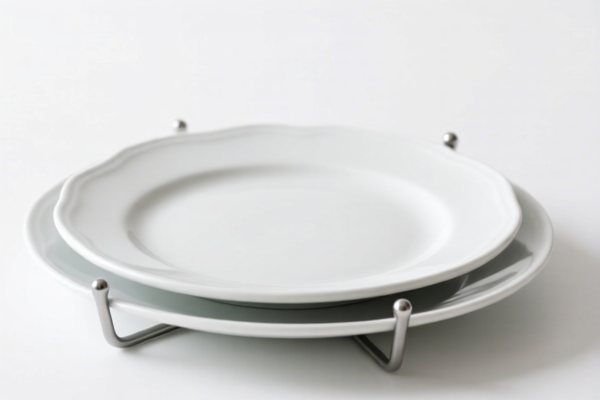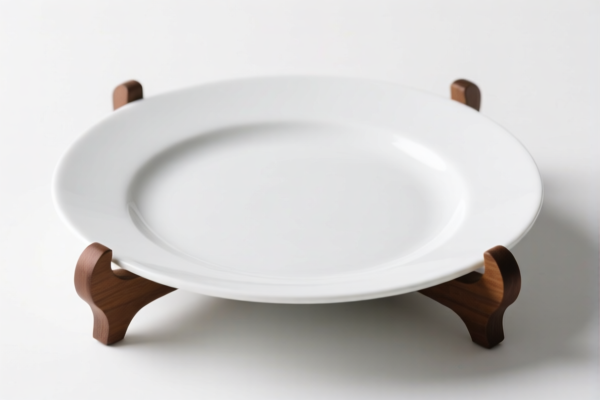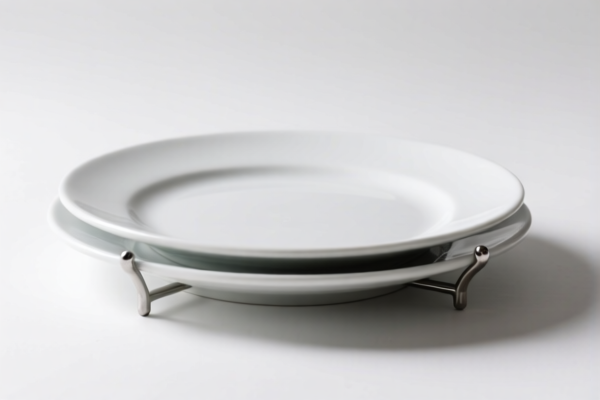| HS Code | Official Doc | Tariff Rate | Origin | Destination | Effective Date |
|---|---|---|---|---|---|
| 1905909090 | Doc | 42.0% | CN | US | 2025-05-12 |
| 1904900140 | Doc | 51.5% | CN | US | 2025-05-12 |
| 6808000000 | Doc | 55.0% | CN | US | 2025-05-12 |
| 6815110000 | Doc | 55.0% | CN | US | 2025-05-12 |
| 6815994170 | Doc | 55.0% | CN | US | 2025-05-12 |
| 6702102000 | Doc | 38.4% | CN | US | 2025-05-12 |
| 6702104000 | Doc | 33.4% | CN | US | 2025-05-12 |
| 6701003000 | Doc | 59.7% | CN | US | 2025-05-12 |
| 6701006000 | Doc | 59.7% | CN | US | 2025-05-12 |
| 6704110000 | Doc | 37.5% | CN | US | 2025-05-12 |
| 8436100000 | Doc | 55.0% | CN | US | 2025-05-12 |
| 3926909989 | Doc | 42.8% | CN | US | 2025-05-12 |
| 3925900000 | Doc | 60.3% | CN | US | 2025-05-12 |
| 3925100000 | Doc | 61.3% | CN | US | 2025-05-12 |




Plant Support
Plant support encompasses a broad range of tools and structures used to physically aid the growth and development of plants, primarily by providing stability and directing their growth patterns.
Material
Plant supports are constructed from diverse materials, each offering varying levels of durability, aesthetics, and suitability for different plant types and environments. Common materials include:
- Wood: Traditional and aesthetically pleasing, often used for stakes, trellises, and arches. Prone to rot if untreated.
- Bamboo: Lightweight, strong, and relatively inexpensive. Suitable for temporary supports and smaller plants.
- Metal: Typically steel or iron, offering high strength and longevity. Often used for elaborate structures like obelisks and pergolas. Can rust if not galvanized or coated.
- Plastic: Lightweight, weather-resistant, and available in various forms. Can become brittle with prolonged UV exposure.
- Natural Fibers: Such as twine, jute, or coir, used for tying and gentle support. Biodegradable but may have limited strength.
- Composite Materials: Combinations of materials like plastic and wood, offering enhanced durability and weather resistance.
Purpose
The primary purposes of plant support are:
- Structural Stability: Preventing plants from bending, breaking, or collapsing under their own weight, especially those with heavy blooms or abundant foliage.
- Vertical Growth: Encouraging plants to grow upwards, maximizing sunlight exposure and air circulation.
- Fruit Support: Providing a platform for developing fruits, preventing them from touching the ground and reducing the risk of rot or pest damage.
- Aesthetic Enhancement: Improving the visual appeal of plants and gardens by creating defined shapes and structures.
- Air Circulation: Promoting better airflow around plants, reducing the risk of fungal diseases.
Function
Plant supports function by:
- Providing a physical anchor: Stakes, trellises, and cages secure the plant and prevent it from falling over.
- Directing growth: Twine, wires, or netting guide the plant's stems and branches in a desired direction.
- Increasing light exposure: By lifting the plant upwards, supports allow it to receive more sunlight.
- Improving fruit quality: Elevating fruits off the ground prevents bruising and rot.
Usage Scenarios
Plant supports are employed in a wide range of gardening and agricultural contexts:
- Vegetable Gardens: Supporting tomatoes, cucumbers, beans, peas, and other vining or sprawling vegetables.
- Flower Gardens: Supporting climbing roses, clematis, sweet peas, and other flowering vines.
- Fruit Orchards: Supporting fruit-laden branches to prevent breakage.
- Greenhouses: Providing support for plants grown in a controlled environment.
- Indoor Plants: Supporting trailing or climbing houseplants.
- Landscaping: Creating decorative structures like arches and obelisks.
Common Types
- Stakes: Single vertical supports used for individual plants. Typically made of wood, bamboo, or metal.
- Trellises: Frameworks of interwoven lattice or vertical bars used for climbing plants. Available in various materials and designs.
- Cages: Enclosed structures used to support bushy plants like tomatoes or peppers.
- Obelisks: Four-sided, tapering structures used for climbing plants. Often made of metal or wood.
- Arches: Curved structures used to support climbing plants over pathways or entrances.
- Netting: Used to support vining plants like cucumbers or beans.
- Hoops/Row Covers: Semi-circular supports used to protect and support low-growing plants.
- Plant Ties: Used to secure plants to supports. Available in various materials like twine, plastic, or fabric.
- Tomato Spirals: Specifically designed to support tomato plants as they grow.
Plant support can refer to various articles used to hold or train plants, potentially made from different materials like plastic, wood, or straw. The applicable HS code depends on the material and specific function.
Here are potential HS codes based on the provided reference material:
- 8436100000: Tools and implements for agriculture, horticulture and forestry, hand tools: Hand tools for horticulture, including pruning tools and plant support tools. This code applies if the plant support is considered a hand tool for horticultural purposes.
- 6704110000: Articles of straw or of rushes, plaiting or braiding, not further processed; baskets, skeps, and similar articles, of straw or of rushes: Baskets and similar articles. This code is applicable if the plant support is made of straw or rushes and functions as a basket-like structure.
- 3926909989: Other articles of plastics and articles of other materials of headings 3901 to 3914: Other: Other. This code could apply if the plant support is made of plastic and doesn't fall under more specific plastic classifications.
- 6702102000: Artificial flowers, foliage and fruit and parts thereof; articles made of artificial flowers, foliage or fruit: Of plastics: Assembled by binding with flexible materials such as wire, paper, textile materials, or foil, or by gluing or by similar methods. This code is relevant if the plant support is made of plastic and assembled using binding or gluing methods.
- 6702104000: Artificial flowers, foliage and fruit and parts thereof; articles made of artificial flowers, foliage or fruit: Of plastics: Other, including parts. This code applies if the plant support is made of plastic and doesn't fall under the assembled category.
Regarding HS code 3926909989, please note that the material composition of the plastic used is important for classification.
Regarding HS code 8436100000, the item must be considered a hand tool for horticultural purposes.
Regarding HS code 6704110000, the plant support must be made of straw or rushes.
Regarding HS code 6702102000 and 6702104000, the plant support must be made of plastic.
Customer Reviews
No reviews yet.